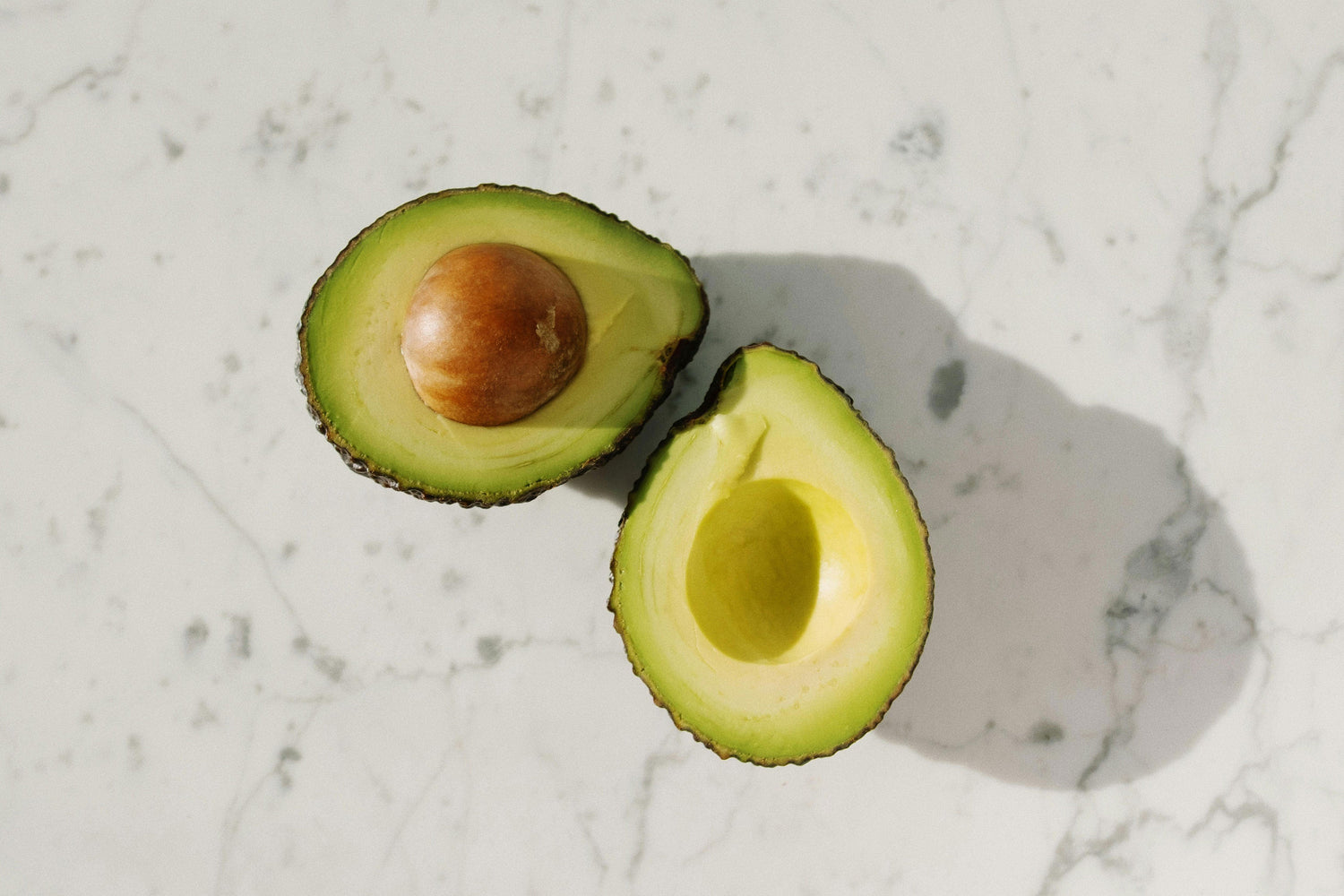Fat, Friend or Foe?
The History of Fat
If you are a nineties baby like myself you might recall walking down the aisles at the grocery store, watching your mother search for low or fat free products. It was especially common to see food items with the words “fat free” pasted on the front in bold lettering. I can recall several instances in which I argued with my mom about which milk to buy. I liked the taste of whole milk but it was non negotiable, it was always fat free milk for the family. If I persisted enough, we could settle for 1%. Why was fat the enemy and who initiated this fatty feud?
The Government's Stance on Fat
The war on fat began in 1988 when the Surgeon General released an annual report stating that there are severe health risks associated with dietary fat. By the year 2000 the federal government's “Report on Nutrition and Health” deemed fat to be the most unhealthy part of the American diet. Before long health care providers began recommending that their patients consume less fat in order to live a healthier life. The foundation of this concept was that fatty foods sourced from animal products are high in cholesterol, which can lead to increased risks of heart disease. To this day the word fat carries a negative connotation. You are what you eat, so if you eat a lot of fat then you will get fat, it is simple to reason but could not be farther from the truth.
What is Fat?
When we think about fat, the first thing that comes to mind are those stubborn rolls that take residence on our belly or butt. First let's distinguish dietary fat from body fat. From now on if I refer to fat it will represent food, if I mention “adipose tissue,” this will allude to body fat. Essentially fat is one of three macronutrients found in food products. At 9 calories per gram it is the most caloric dense of the three macros. Protein and carbohydrates both contain 4 calories per gram, making fat more than double the calories per gram in comparison. When fat is consumed it can be delivered in three different forms.
- Saturated fat: this is fat that is solid at room temperature such as butter or bacon grease. This form has been deemed by many healthcare providers to be unhealthy because it can be inflammatory in the body and increase “bad LDL cholesterol” , resulting in an elevated risk of heart disease. Current research offers some conflicting data on this concept.
- Unsaturated fat: These fats consist of “mono” and “polyunsaturated” and are liquid at room temperature, such as olive oil and canola oil. This type of fat is thought to be anti-inflammatory and the most healthy source in regards to a “good HDL cholesterol” profile. This idea also has a great deal of conflicting research.
- Trans fat (partially hydrogenated oil): This form of fat is rarely found naturally. It often occurs when hydrogen is chemically added to vegetable oil. This process is common in processed food items because trans fat increases taste and shelf life of products. It is widely accepted that trans fat is the most unhealthy form of fat because of its negative impact on cholesterol and inflammation.
Fat for Energy
The human body stores fat for energy reserves. In order to use fat for energy our cells undergo a process known as “beta oxidation” in which fatty acids enter the cell and convert into ATP, which is the cells primary fuel. When the body is depleted of its glycogen stores (sugar bundles), we begin to break down adipose tissue (body fat)for energy. This process is known as “gluconeogenesis,” “gluco” meaning sugar and “genesis” meaning formation. In other words the body is converting fat into sugar so that cells can use it as energy. When a diet consists of less than 50 grams of carbohydrates per day, a new process occurs in which fat is broken down into ketone bodies. This is called “ketosis,” and it is the foundation of the keto diet.
Keto, a Fat adapted diet
A fat adapted diet can be viewed as any diet that is low in carbohydrates (Sugar), thus forcing the body to use fat as its primary energy source. According to research conducted by NHANES, the standard American diet consists of 16% protein, 47% carbohydrate, 36% fat and a whopping 22% from added sugar. That is why many people refer to it as the “SAD'' diet. On the contrary, a fat adapted diet consists of roughly 25% protein, 70% fat and just 5% carbohydrates. Within 48-72 hours of consuming a low sugar (fat adapted) diet, glucose and insulin levels drastically decrease. This triggers a response in the liver, informing it to begin converting fat into ketone bodies. These ketones are then released into the bloodstream. Just like glucose, the ketones enter the cells, offering fatty acids to be converted to energy.The keto diet became a popular fat loss approach in the early 2000’s and prior to that it was used to help treat epilepsy and diabetes. The truth is that before it was a choice diet, it was a seasonal diet for many cultures. Thousands of years ago, populations that underwent a cold winter were forced to survive almost exclusively on animal fats and proteins. With no carb dense foods available, these people had no other option but to live in a ketogenic state for several months out of the year.
Is fat really the enemy?
As I mentioned earlier the federal government released countless statements claiming that too much dietary fat correlated with an increase in “bad” cholesterol levels. (In the next blog I will explain what cholesterol is and the roles it plays in the human body. For now, just know that certain types of cholesterol are the leading contributors of heart disease and stroke). In the past five years the paradigm has shifted. It is now generally understood by most healthcare professionals that dietary cholesterol plays no role on the levels of cholesterol in the blood. According to healthline, “there is no significant link between the cholesterol you eat and your risk of heart disease.” This statement blatantly contradicts what was previously believed. The true enemy is not fat and it is not sugar, it is the combination of the two that puts our heart at risk. (This idea will be further explained in next week's blog on cholesterol.)
Instead of a metaphor, this week we will simply use 10 bullets of logic.
- Eating more fat does not drastically affect your cholesterol levels.
- Eating fat does not make you fat.
- The only way to build up adipose tissue (belly rolls) is to consume more calories than you burn.
- 3,500 excess calories equates to 1 pound of adipose tissue.
- Although I would not advise this, you can lose weight eating pizza and ice cream every day as long as the calories eaten do not exceed the calories burned.
- If your body runs out of sugar to use as energy, it will pull from stored fat (adipose tissue) for energy. That means that it will literally burn fat to keep you alive.
- There are health risks associated with any diet.
- Magic pills don't exist. There is not “one” diet that works for everyone.
- Do your own research, it is important to be critical of everything you read or hear regarding a “healthy diet,” this blog included.
- The perfect diet is one that makes you look and feel your best, both mentally and physically. Keep searching, you owe it to yourself!
-Brandon Johnson, DC

@bjohnson42



Leave a comment
All comments are moderated before being published.
This site is protected by hCaptcha and the hCaptcha Privacy Policy and Terms of Service apply.